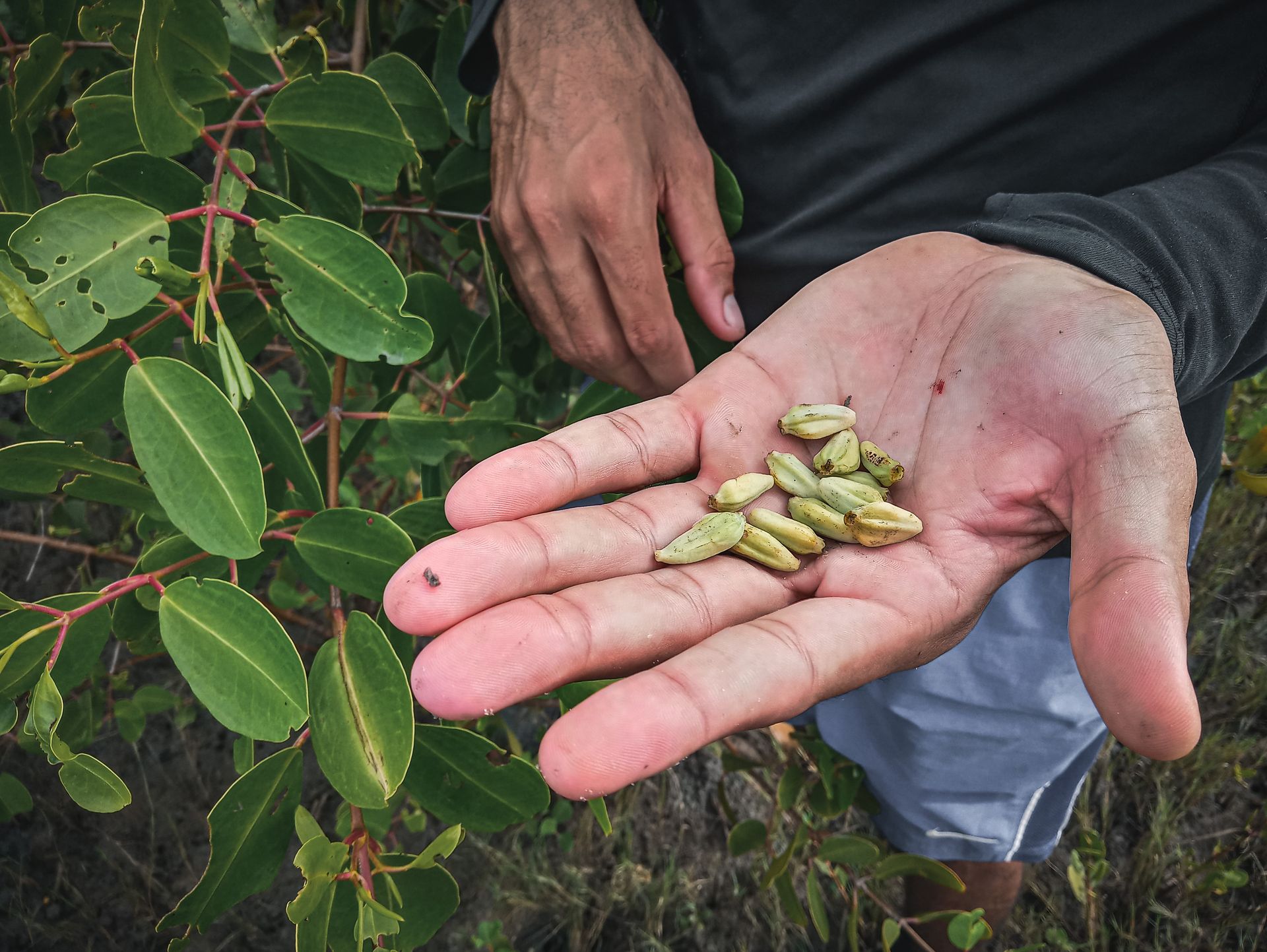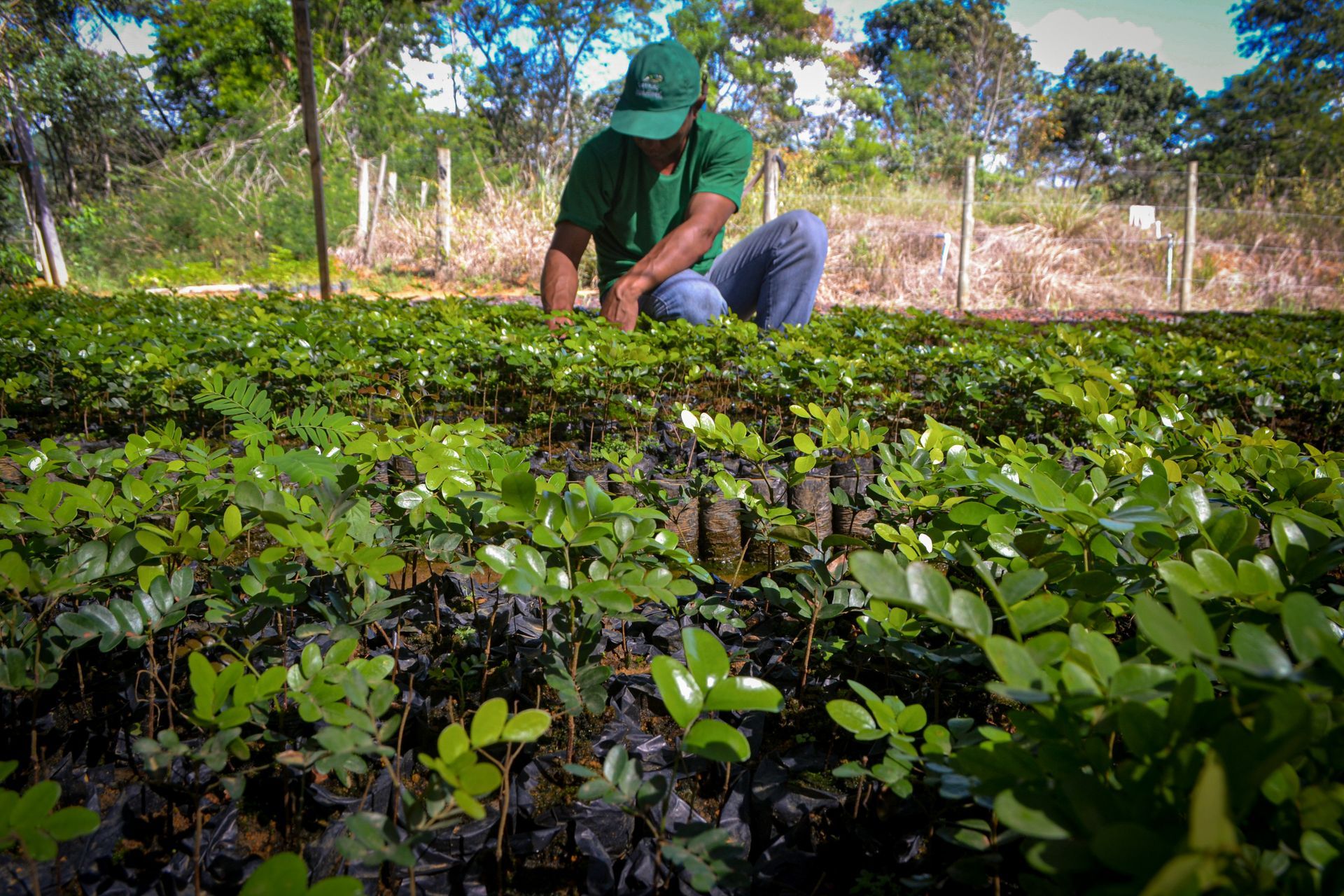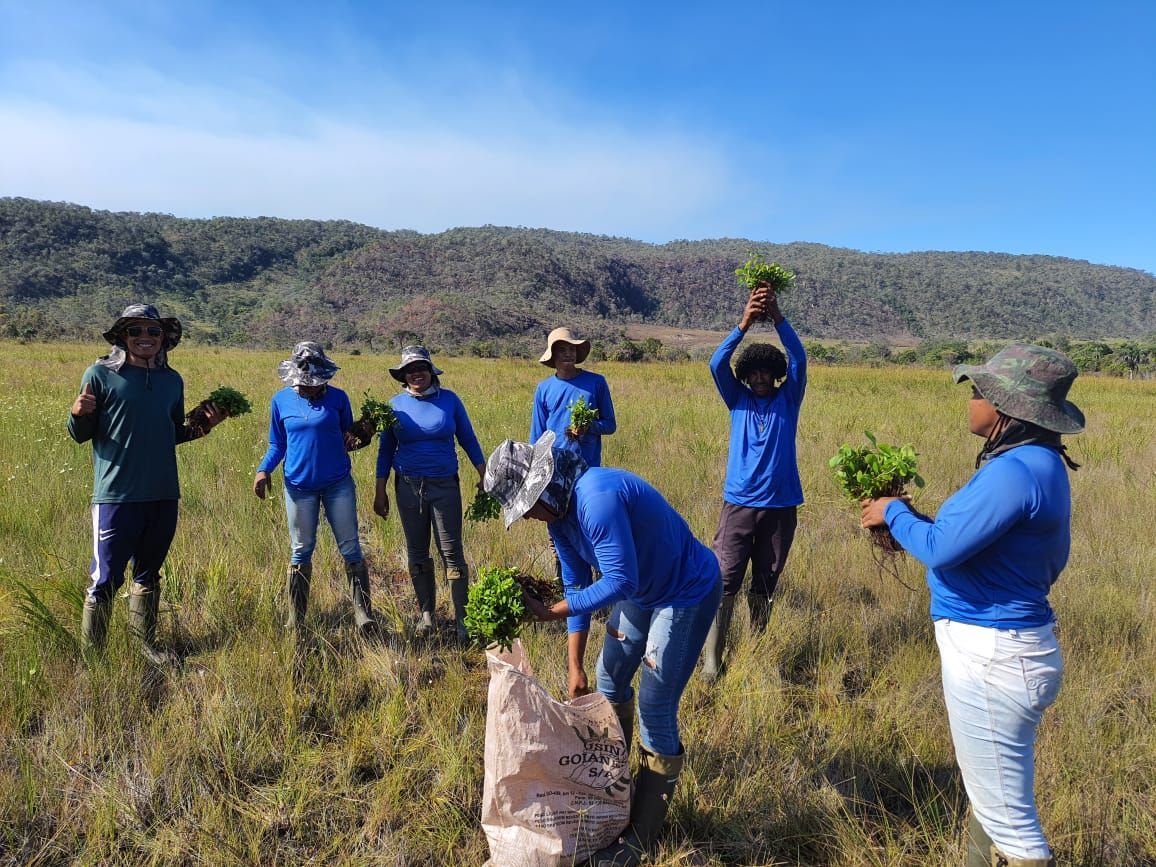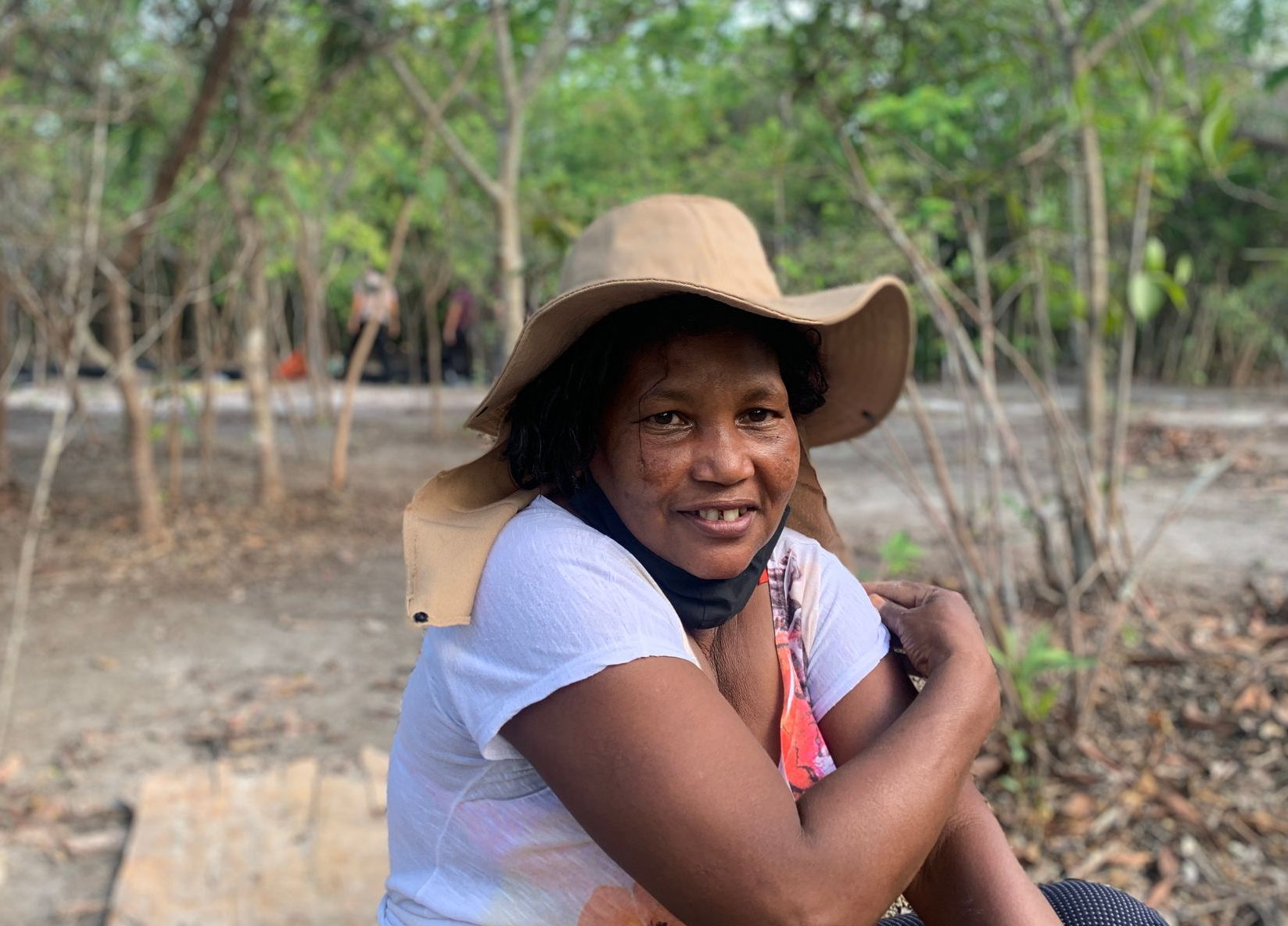Cerrado: Project objectives
Greenpaw is proud to be working with our project partners;
RAIN and the local community; Associação Quilombo Kalunga of Brazil. Greenpaw and RAIN speak directly with team of experts, born, raised and educated in Brazil to align traditional knowledge of the Kalunga people with innovative regeneration practices. During this project, the team collects a wide variety of local seeds and plants them using traditional agroforestry methods. Together, we aim to regenerate hundreds of hectares of depleted lands and forests impacted by human activities such as deforestation, logging, and agriculture, restoring them to their natural state and creating new habitats for biodiversity.
Project updates
Get the latest updates on our current projects.
Project Aims
At Greenpaw, we regenerate destroyed lands using a ‘whole-system approach,’ where every element of the land benefits.
Our approach is agroforestry, a practice that combines planting food crops and native trees. This dynamic, ecologically based land management system, rooted in traditional wisdom, diversifies and sustains production while providing social, economic, and environmental benefits. It also enhances biodiversity and improves soil health.
Regenerate Natural Lands
Agroforestry systems fortify ecosystem resilience, aiding the regeneration of degraded lands back to their natural state.
Encourage Sustainable Production
Integrating agricultural crops with trees increases food production sustainably, creating more robust livelihoods for the community.
Creating Oxygen & Locking in Carbon
Planting native trees in agroforestry systems contribute to carbon sequestration, playing a crucial role in mitigating climate change and locking in carbon.
Cultural Preservation
This approach respects and preserves the cultural practices of the community, fostering a harmonious connection between tradition and innovation.
Create Spaces for Biodiversity
The regeneration of land through agroforestry restores it to its natural thriving state, allowing biodiversity to return and flourish.
Improving Soil & Water Quality
The agroforestry approach also enhances the soil quality, and improves the water quality in and around the area where the trees are planting and growing.
Where do your donations go?
As we collect seeds and saplings from the organic land of the planted area, every £1 donated is pooled together with thousands of other £1 contributions. Collectively, these donations cover every aspect of the process, from the initial planting of the seed or sapling in the ground to ensuring the tree's success, allowing it to thrive and mature for decades and even centuries.
Here’s how every £1 contributes to the regeneration process:
History, Culture, Heritage and Geography: Voices from the Cerrado
The Cerrado is one of the most biodiverse regions in the world, known as Brazil's "water tank" because its aquifers supply water to much of the country. Huge areas of this precious ecosystem have been degraded by conventional farming, and those who know best how to restore this abundant landscape while storing carbon are the people of the quilombos (pronounced Ki-Lom-Boz).
Help Us,
Help Others
Regenerate land and offset your carbon with our project partner RAIN and Associação Quilombo Kalunga.
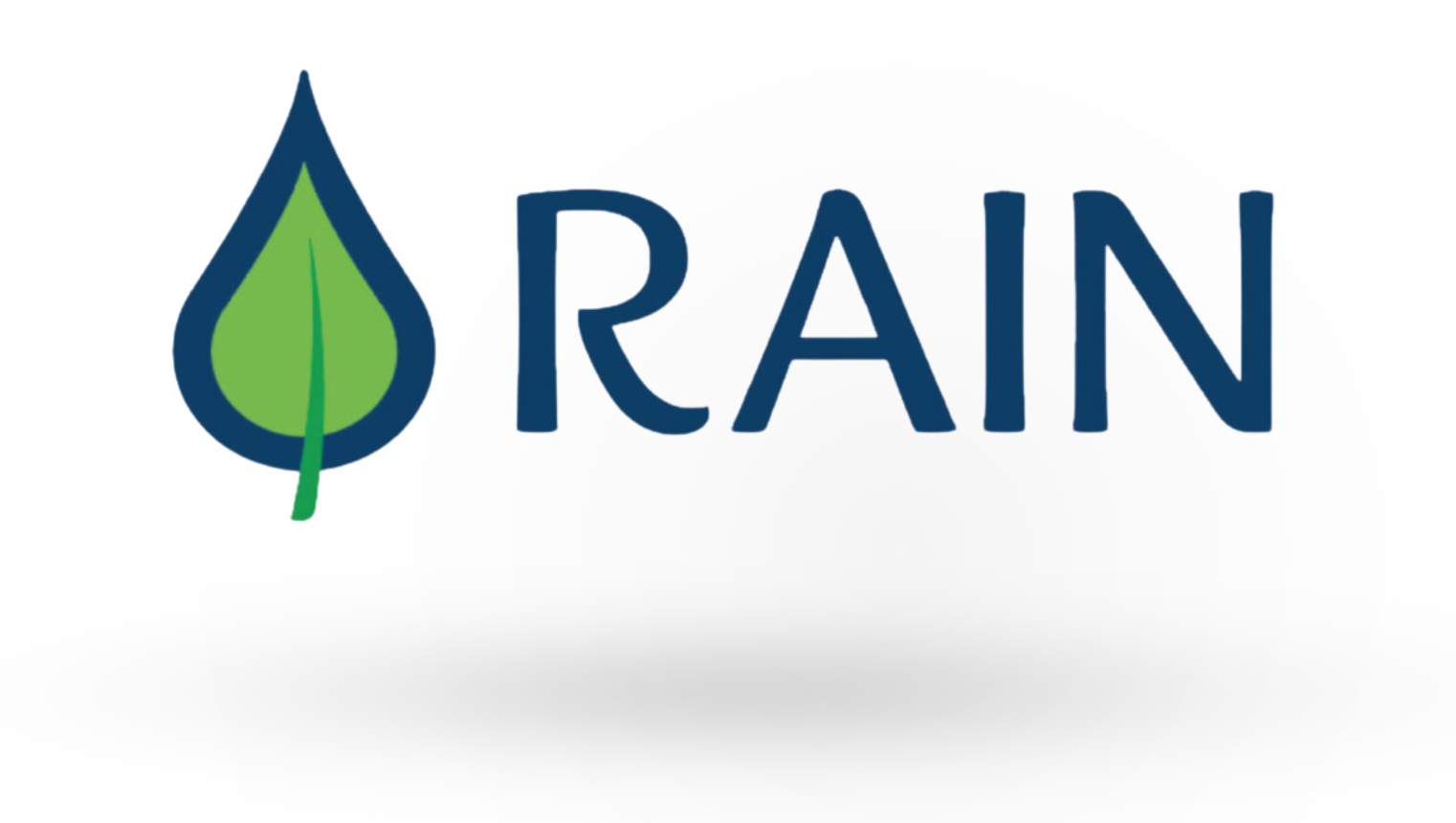
Working with project partner: RAIN
RAIN works with community-led projects that follow traditional techniques deeply rooted in their history and landscapes. RAIN believe that people are an integral part of the natural world, and that conservation does not go far enough.
By engaging and partnering with local actors, RAIN is fostering a network and a movement where communities lead the way in restoring landscapes and preserving cultural traditions.
www.rainreforest.org




